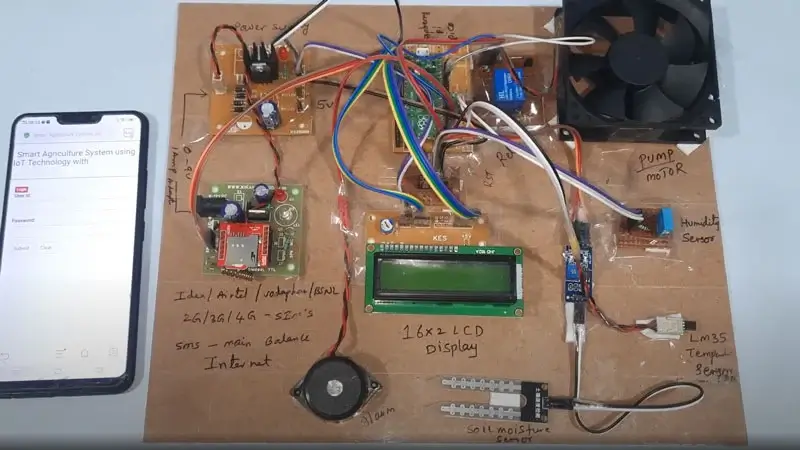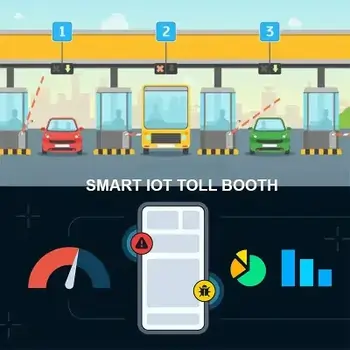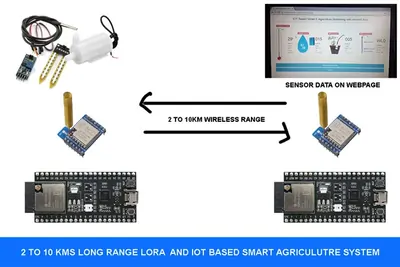IoT Based Agriculture Monitoring and Planning System: Revolutionizing Farming
The traditional methods of agriculture monitoring and planning are now obsolete, as farmers worldwide are turning towards modern and sophisticated techniques to optimize crop growth and yield. The Internet of Things (IoT) has enabled farmers to monitor and control various parameters in real-time, leading to efficient resource utilization and reduced wastage.
One such IoT-based system is the Agriculture Monitoring and Planning System, which integrates various sensors to monitor crucial parameters such as soil moisture, humidity, temperature, and more. The system can also automatically control water pumps, based on the measured soil moisture levels, to ensure that the plants receive adequate water.
The Agriculture Monitoring and Planning System is designed to store all the sensor data into a database, allowing farmers to access and analyze the data in real-time. The system can also display the previous data, enabling farmers to identify trends and patterns over time.
The system includes a GSM module that sends alerts to the farmer's mobile device in case of any deviations from the desired values, such as low soil moisture levels or high temperature. This feature enables farmers to take corrective action promptly, preventing potential damage to the crops.
Overall, the IoT-based Agriculture Monitoring and Planning System is a game-changer for farmers, as it enables them to optimize their resources, reduce wastage, and enhance crop yield. With the ability to monitor and control crucial parameters in real-time, farmers can make informed decisions, leading to increased profits and a sustainable future for agriculture.
functions
1.Measures soil moisture levels using a sensor to determine the watering requirements of the crops.
2.Automatically controls water pumps based on the measured soil moisture levels to ensure that the plants receive adequate water.
3.Measures temperature and humidity to ensure optimal growing conditions for the crops.
4.Stores all sensor data into a database, allowing farmers to access and analyze the data in real-time.
5.Displays previous data to identify trends and patterns over time.
6.Includes a GSM module that sends alerts to the farmer's mobile device in case of any deviations from the desired values, such as low soil moisture levels or high temperature.
7.Enables farmers to make informed decisions based on real-time data, leading to increased profits and sustainable agriculture practices.












